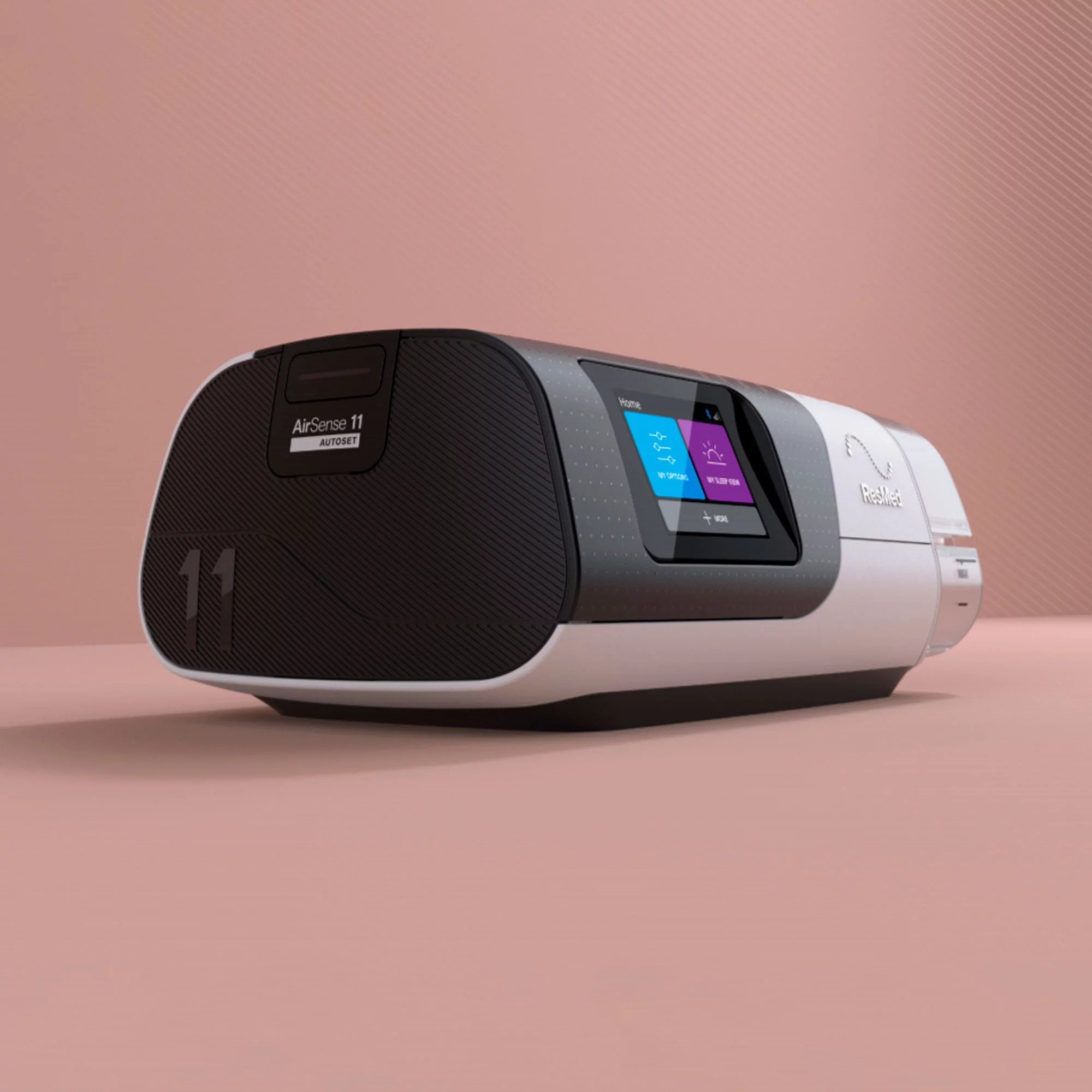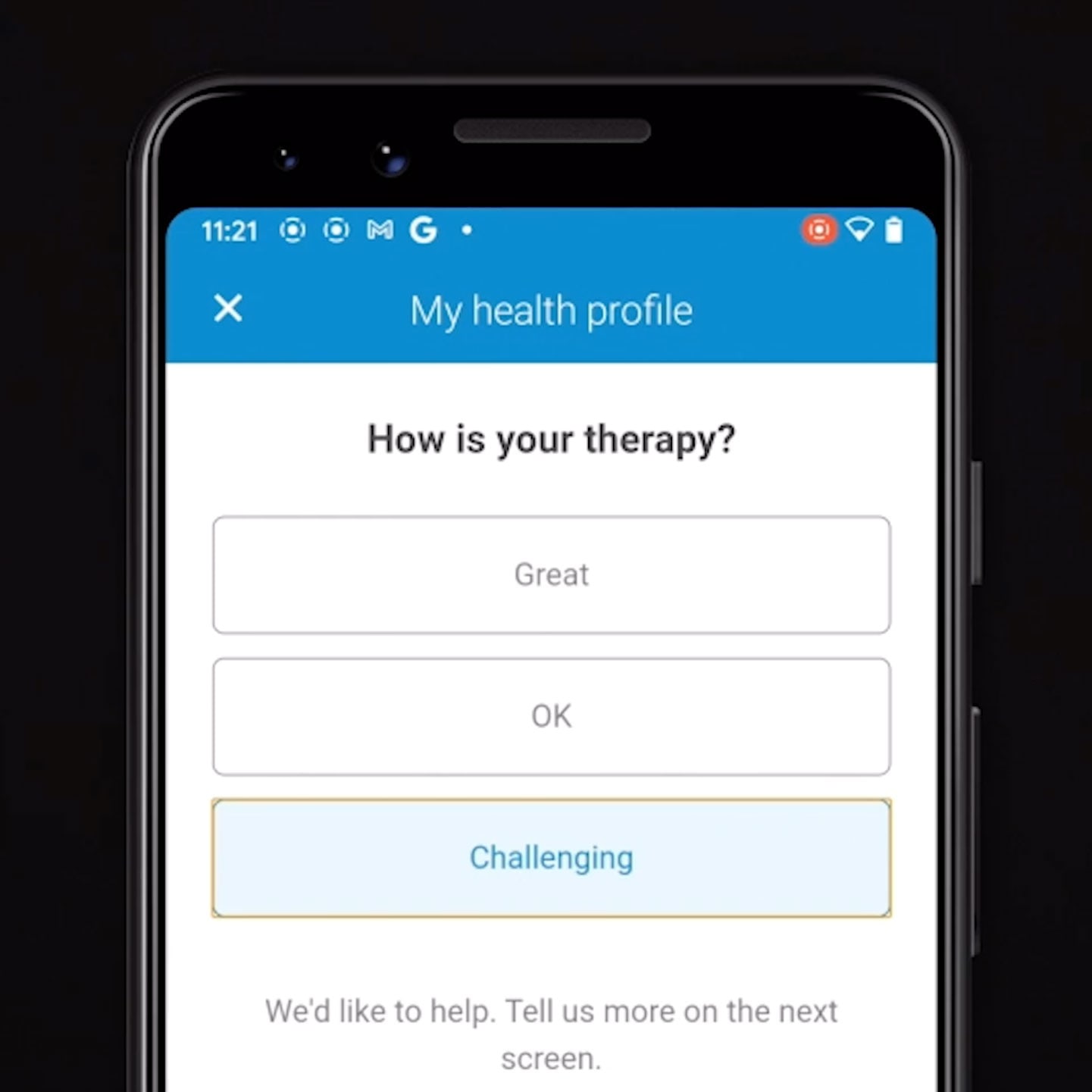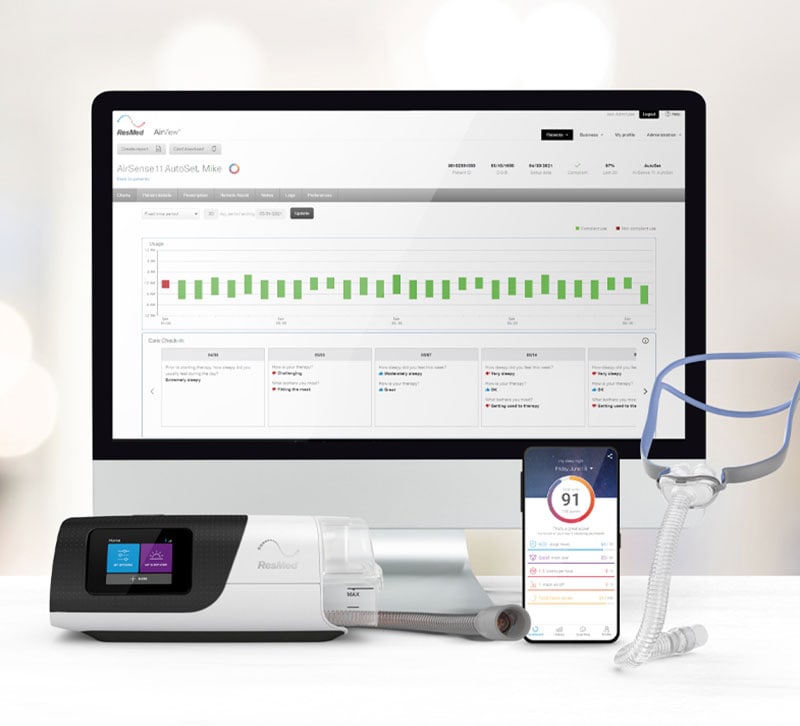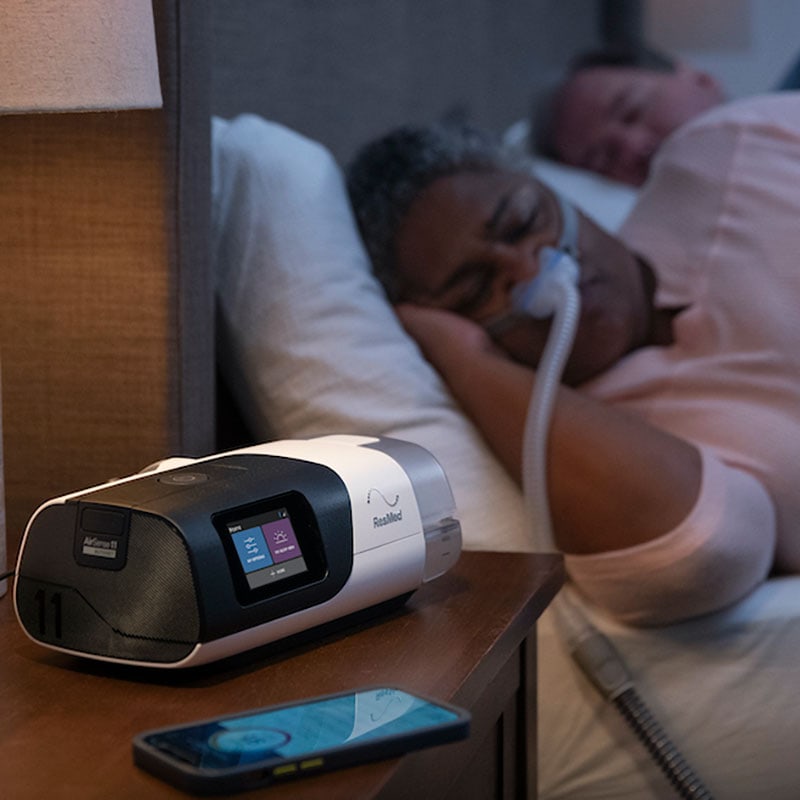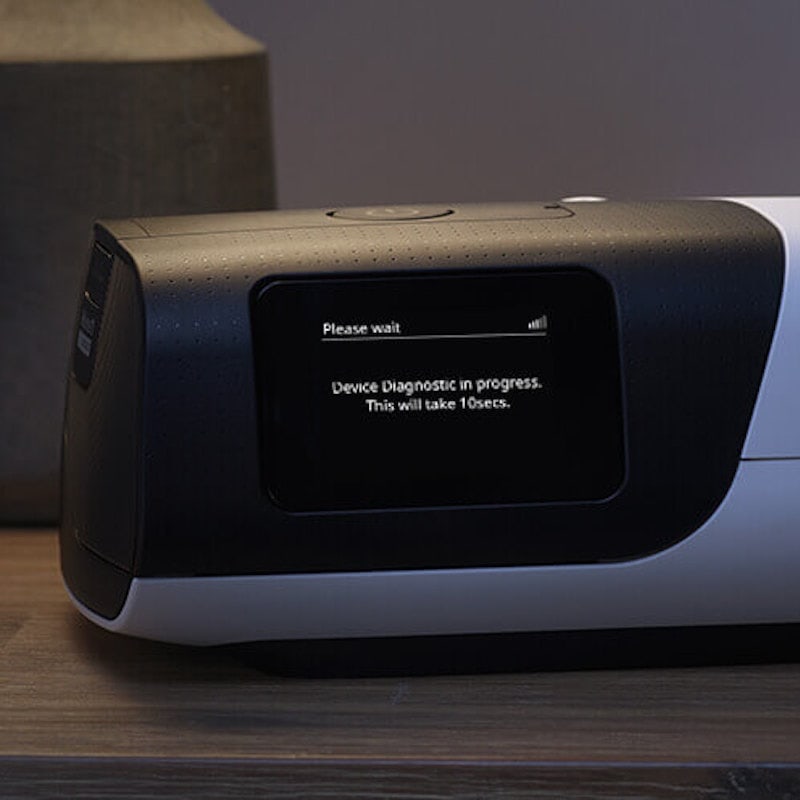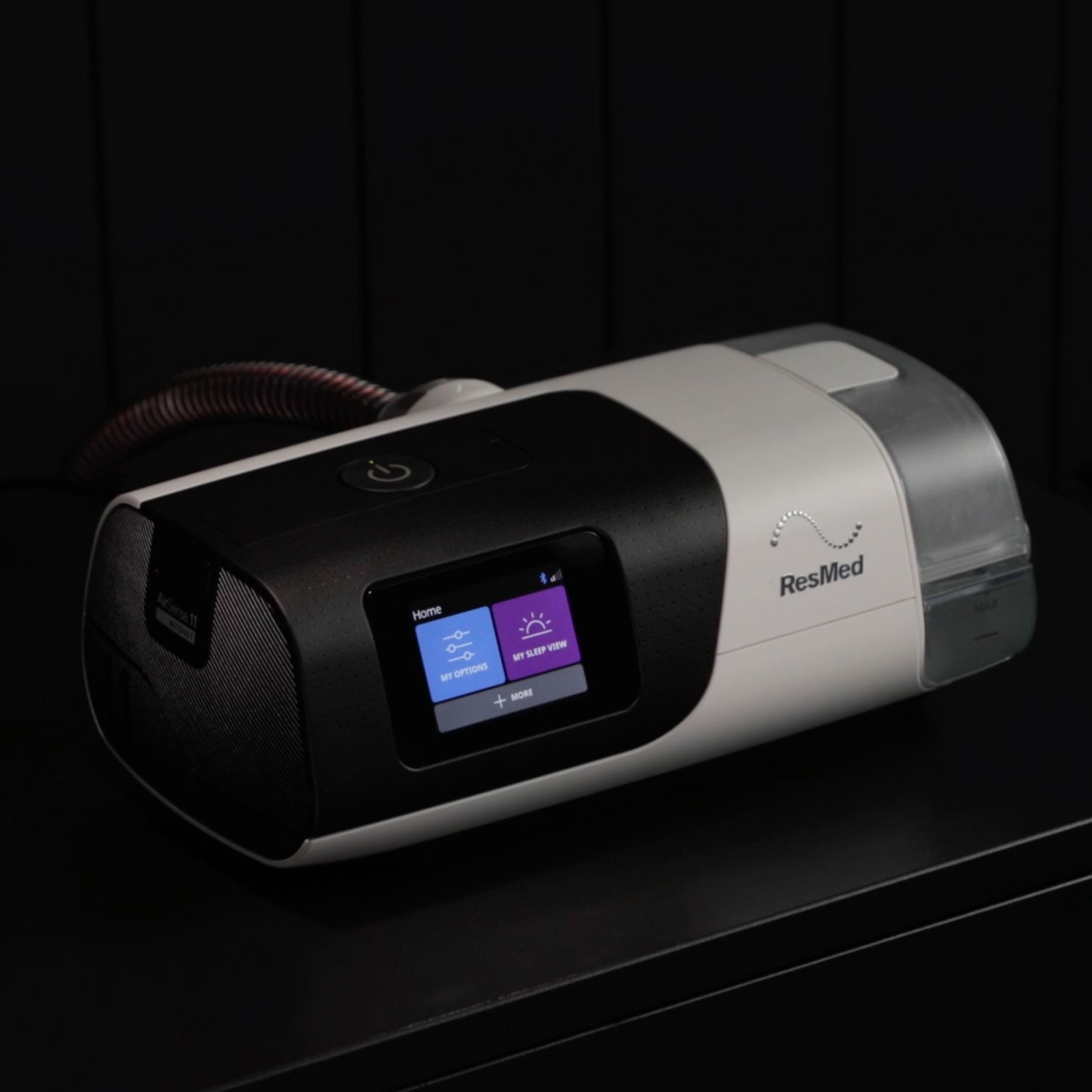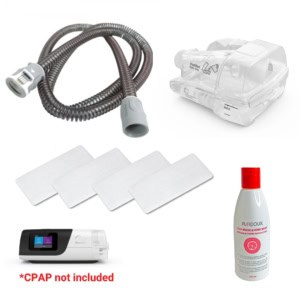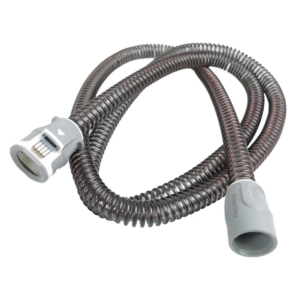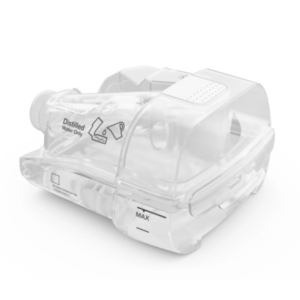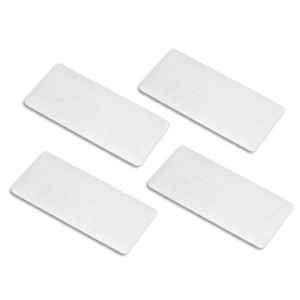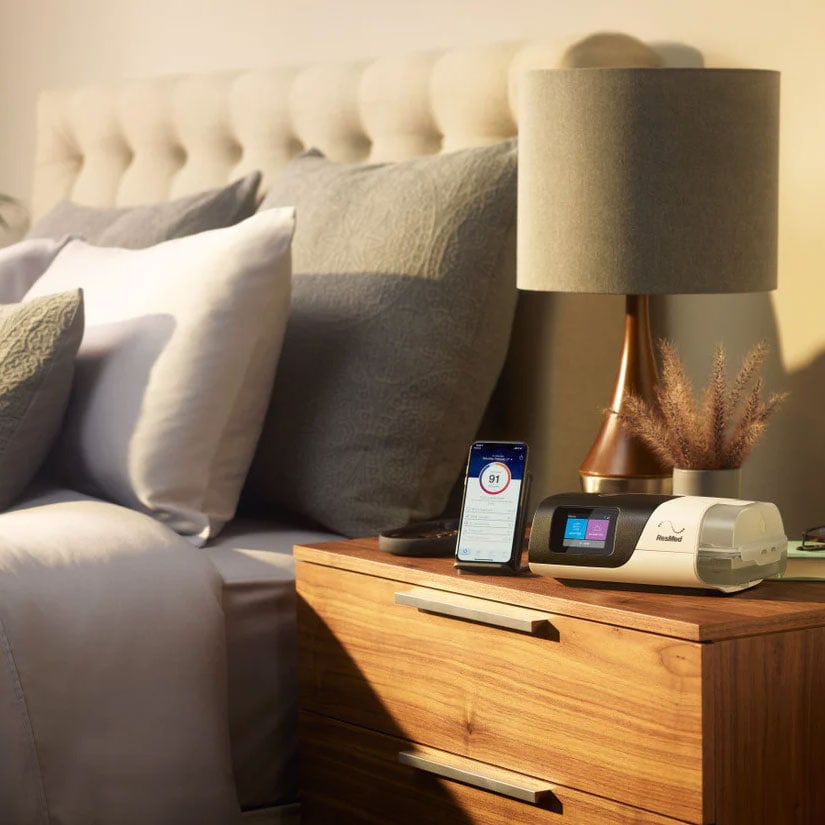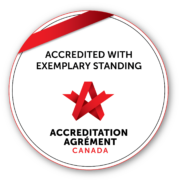The mask is arguably the most important piece of equipment in your CPAP therapy arsenal.
There are lots of CPAP machines on the market.
All have different features and advantages, but without a well-fitted mask all the technology in the world won’t help your sleep therapy. Not only can the wrong mask cause minor annoyance with air leaks or chafing, but it can seriously get in the way of the therapy you’ve gone to the trouble of seeking out. In extreme cases, an ill-fitting mask can prove so irritating that patients will simply give up and hang up their hose for good.
But don’t give up – whatever your size, pressure needs or sleeping style there’s a perfect mask for you – it’s just a question of wading into the options and finding the right fit.
So how do you know which mask is right for you? Here’s a breakdown of pros and cons for different mask styles that’ll help you figure it out.
- The classic – the nasal mask
- Pros and cons of Nasal masks
- Shop Nasal Masks
- The big guns – the full-face mask
- Pros and Cons of Full Face masks
- Shop Full Face Masks
- A spin on the original – under the nose masks
- Pros and Cons of Under the nose masks
- Shop Under the nose Masks
- Minimalist’s dream – the nasal pillow mask
- Pros and Cons of Nasal Pillow Masks
- Shop Nasal Pillow Masks
- Putting it all together
The classic – the nasal mask
This is far and away the most common style of mask in use, so we might as well start with the classic. The nasal mask goes right to the source of snoring and sleep apnea, keeping your nasal passages open while you sleep by providing positive air pressure through a mask that covers your entire nose, but not your mouth. There are different makes and models, but all nasal masks are made of rigid plastic, held in place with adjustable headgear using some form of cushion to provide a comfortable, leak-free fit on your face.

Pros and cons of Nasal masks
PROS:
- Widely used, proven technology
- Easy, intuitive fit and adjustments
- Stays securely put even for more “active” sleepers
CONS:
- Some patients can find a larger mask claustrophobic
- Headgear attachments can impede line of sight
- Not suitable for chronic mouth-breathers or those with very high pressure requirements

Shop Nasal Masks
The big guns – the full-face mask
No matter what the name sounds like, full-face masks don’t actually cover your whole face. Though some may be turned off by their larger size, full face masks actually have a lot of advantages and don’t have to feel like they’re in the way.
Just a little larger than common nasal masks, the full-face versions cover your nose and also dip down over your mouth with an airtight seal. These bad boys will stay in place no matter how high your pressure needs are, have a lower chance of shifting when you move, and will provide continuous pressure even if you’re in the habit of opening your mouth when you sleep. They’re also the only style of mask that works when your nose is congested from a cold or allergies, meaning you continue to get the best sleep you can, just when you need it the most.
They work so well in fact that many who prefer smaller masks will keep a full-face version around as an insurance policy for nights when they’re under the weather.

Pros and Cons of Full Face masks
PROS:
- A workhorse that won’t let you down even if your apnea demands high pressure treatment
- Will always stay in place and works perfectly for mouth-breathing sleepers
- Keeps working at full efficiency even if your nose is completely blocked, helping you get over a cold faster
CONS:
- They are bulkier than other types of mask
- Those with claustrophobia may find them intimidating

Shop Full Face Masks
A spin on the original – under the nose masks
Under the nose masks are a relative newcomer to the field, and they aim to provide the same performance and comfort as the classic style but in a less cumbersome shape that allows more freedom and a clear line of sight.
Under the nose designs are available in nasal (covering the bottom of your nose but not your mouth) and full-face (covering mouth and nose) versions. These are technically much like their larger cousins, providing a seal around the nose alone or the mouth along with it, but in a smaller package that sits under the nose for a less bulky feel.

Pros and Cons of Under the nose masks
PROS:
- A newer take on a proven design
- Clear line of sight and a more open feel
- No contact or chafing on the bridge of your nose
CONS:
- Can be more challenging to securely fit than classic nasal or full-face masks
- Some people who move a lot in their sleep may find them harder to keep in place

Shop Under the nose Masks
Minimalist’s dream – the nasal pillow mask
If you love the benefits of CPAP treatment, but can’t stand having a mask covering part of your face, a nasal pillow mask might be just the thing for you. The sleekest, most minimized design available, these masks have unobtrusive hose connections and deliver pressurized air through two little silicone pillows directly into your nostrils.
They leave your nose and mouth completely uncovered, and there are no straps or bars climbing into your field of view. There can be some challenges with these masks – the fit needs to be perfect or they can shift if you toss around at night, occasionally leading to discomfort from over-tightening of straps, and they may not always maintain a seal under extreme air pressure situations.
They can also occasionally irritate the nostrils for new users who aren’t used to them, but using a nasal lubricant makes adapting to the new style much easier. Those minor issues aside, those who are well suited to the freedom of a minimalist nasal pillow mask swear by them.

Pros and Cons of Nasal Pillow Masks
PROS:
- Sleekest, least obtrusive design available
- Clear sight-lines
- Airy, open, almost not-even-there feel
CONS:
- Some patients can find it difficult to maintain a secure seal
- Care must be taken to avoid over-tightening adjustable straps
- Not suitable for chronic mouth-breathers or those with very high pressure requirements
- Can be irritating when you are not used to it, but with the help of a nasal lubricant, you may find it easier to adapt

Shop Nasal Pillow Masks
Putting it all together
This outline gives a good overview of the different types of mask available, and finding the right one for you can make all the difference. On top of the different basic types, many masks come with various cushion sizes to adapt to any shape of face, and all have adjustable headgear to fine tune the fit.
Everyone is different, and style considerations aside, the key is finding the mask that works best for you. With the right mask, you’ll get the most benefit possible from your CPAP therapy and find yourself better rested and healthier for it.
If you’re still unsure which style is best for you, speak with one of our expert respiratory therapists – they’ll be happy to assess you and walk you through the options to make sure you find the mask of your dreams.





















